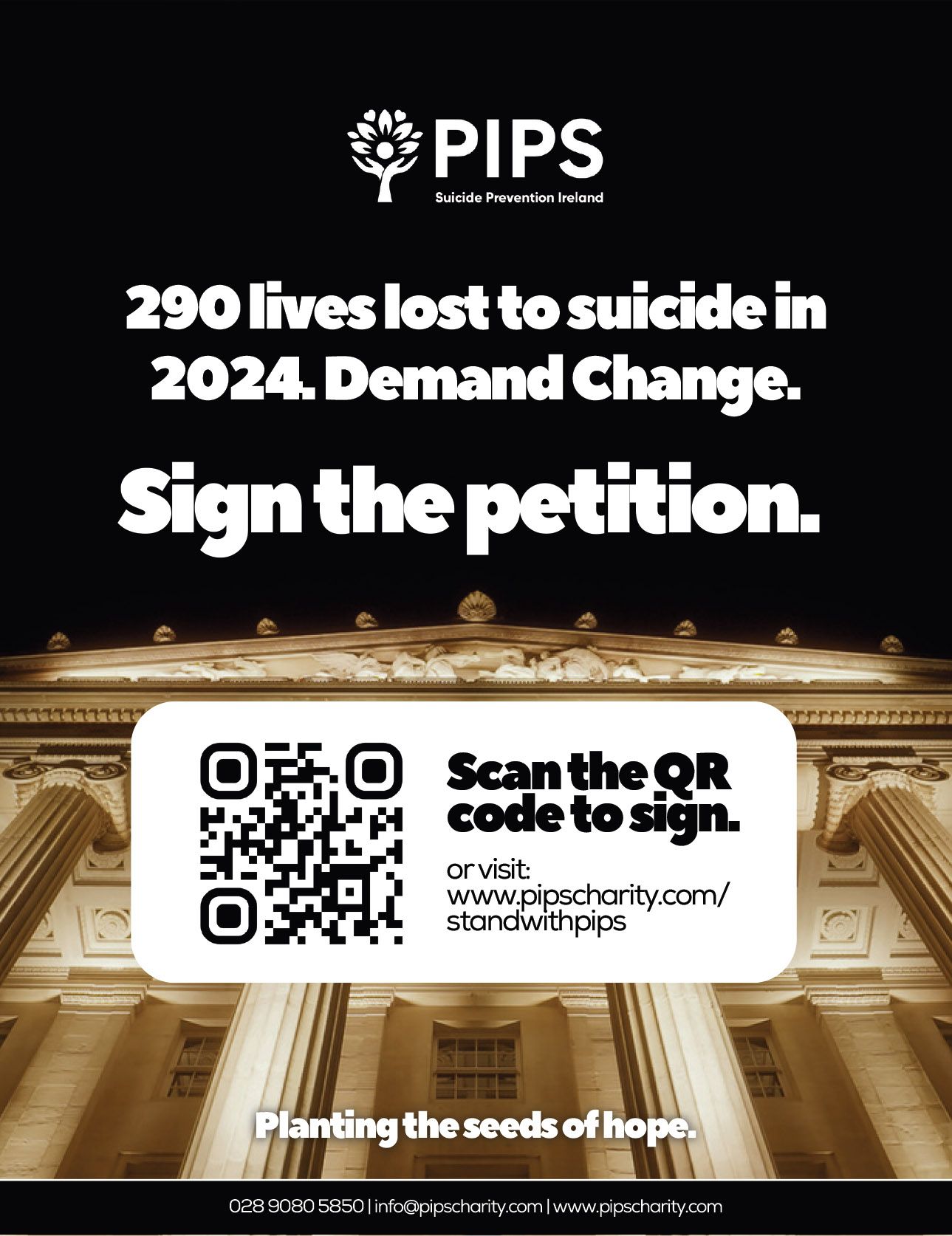"The arc of the moral universe is long," reflected black civil rights leader Martin Luther King, "but it Bends towards justice."
That's a sentiment that resonates with the nationalist people of Belfast who had to endure centuries of second class citizenship before finally taking their rightful place in the city they helped build.
Thankfully, young nationalists growing up today are witnessing a very different city to the cold house in which their forebears lived.
Gone are the days when the BBC and Belfast Telegraph flew the union flag from their city centre redoubts; similarly consigned to the dustbin of history is the routine playing of the British national anthem at public events.
Standing for the playing of the queen as the credits rolled in Belfast's cinemas (we're not making this up) and the attempts to make Catholic Council workers bow when passing Her Maj's portrait in the Duncrue Street Council depot are petty humiliations of the past.
Yet, in too many walks of life, the nationalist majority of Belfast still find their lived experience is not reflected in the civic buildings they pay for.
We are not talking here just about the exclusion of the Irish language; that case has been well-aired and won by the young advocates of An Dream Dearg.
Rather, we are thinking of the many other ways in which the nationalists of Belfast are just not seen by the powers-that-be.
Take, for example, the Communities Minister Gordon Lyons this week celebrating the semiquincentennial of the USA by hailing a who's-who of Ulster Protestants who contributed to the birth of the USA. Ulster Catholics, one presumes, were too busy tending pigs in the parlour and storing coal in the bath to have made the journey across the bowl of tears to Amerikay.
And what other city where the repressed minority becomes a majority would tolerate an official history of their city which starts in 1613, as if Chichester's troops arrived in a Béal Feirste devoid of people. Thankfully, historian and author Fiontán De Brún has started to put that record straight by starting his city centre tours of old Béal Feirste at Castle Place, where the Ó Néill of Clann Aodhe Bhuidhe Castle stood. And yet in our most magnificent civic building, City Hall, a mammoth mural welcoming visitors (admittedly by the beloved John Luke) depicts Planters arriving in a fertile land with nary a native to be seen.
The exclusion which trumps all of these, however, is the absence, every day of the year, of the Irish flag from above City Hall. The union flag continues to fly, in a demonstration of nationalist desire to build a shared city, on 17 'designated days'. The City Fathers and Mothers have the power to fly whatever flag they wish from the Dome – and kudos for agreeing to salute the Palestinian people by flying their colours.
But wouldn't it be a sign that Belfast is finally overcoming its past of exclusion and division if the inauguration of Catherine Connolly as President of Ireland next week was to be marked by the flying of the tricolour from City Hall? On that day, it would fly proudly beside the union flag. We can think of no stronger signal that Belfast really is a city for all.







